Author:
Ooststroom,S.J. van & R.D. Hoogland.
Author:
Ooststroom,S.J. van & R.D. Hoogland.
Flowers:
Sepals rather densely stellate-hirsute outside (branches up to 500 µ long). Sepals 1 & 2 orbicular, 2.2- 2.3 by 2.2- 2.3 mm, 4 & 5 transverse-oval, 2.2-2.3 by 2.6-2.8 mm, 1 & 2 very sparsely stellate-hirsute (hairs with 3-6 subequal, up to 200 µ long branches), 4 & 5 glabrous outside. Corolla 8-8½ mm, tube 2 mm; midpetaline field 3.2- 4 by 1.6--1.9 mm, rather sparsely stellate-hirsute, in the lower part (l-2 mm) only along the margin (hairs (3- )4- 7(-8)-branched, branches subequal or, usually, one stronger and longer, up to 500 µ long); lobules 3.2-4 by 2- 2.5 mm, rather thin, with slightly distinct venation, entire. Stamens inserted 0.8-1 mm above the corolla-base; filament 1- 1.2 mm long, 0.4-0.5 mm broad at the base; anther 1- 1.3 mm long, 0.6-0.8 mm broad, 0.5 mm thick, acute to obtuse at the apex, slightly cordate at the base. Ovary ovoid, l. l- 1.7 by 1- 1.7 mm, glabrous; stigma conical, with 5 distinct and 5 rather low ridges.
Habit:
Shrub-like tree, up to 12 m by 30 cm, younger branches densely stellate-hirsute, older ones terete, with very few orbicular lenticels, sometimes with some longitudinal slightly corky ridges.
Inflorescences:
lnfloresences axillary, up to 2 cm, (1 - )2-12-flowered. Petlicel 1- 2 mm.
Accepted name/Authority/Place of publication:
Erycibe borneensis var. collina Hoogland, Blumea 7 (1953) 310.
Leaves:
Leaves 8-12 by 2½-5 cm, 6-8-nerved; acuminate from an obtuse apex, obtuse to acutish at the base; rather sparsely stellate-hirsute, soon glabrescent, with slightly sunken midrib, faintly sunken nerves, and indistinct venation above; rather densely stellatehirsute, glabrescent, with slightly prominent nerves and faintly prominent to indistinct venation beneath. Petiole 5-10 mm.
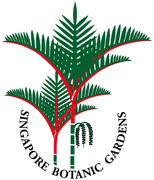

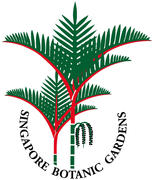
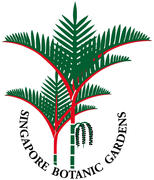
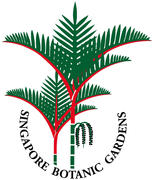

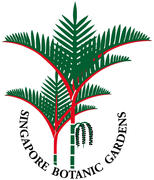
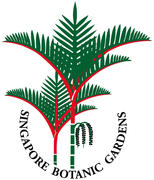
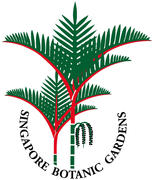
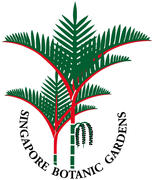
The species is closely related toE. rheedii Blume , from which it differs, besides by the indumentumon the outer side of the calyx, by the larger corolla with particularlylarger lobules and the thinner lobules in which the venation is distinct. The indumentum on thelower side of the leaves is longer persistent.